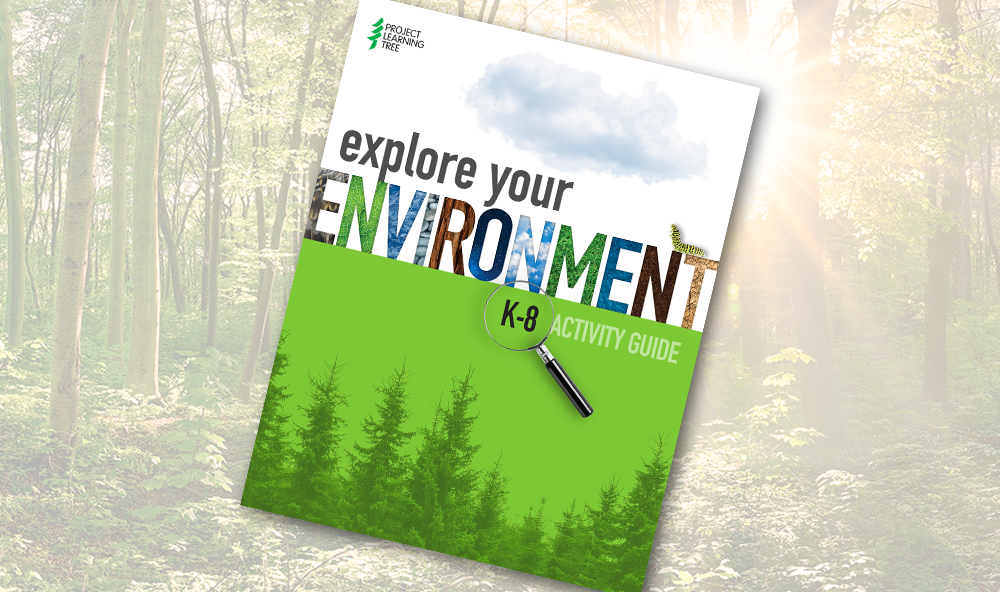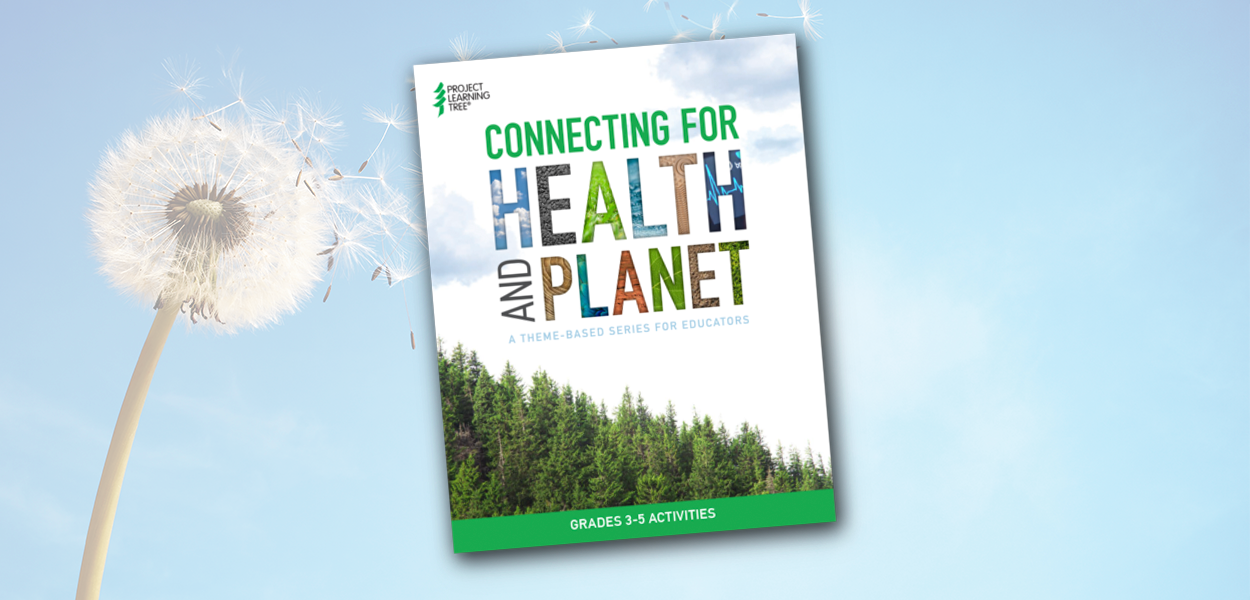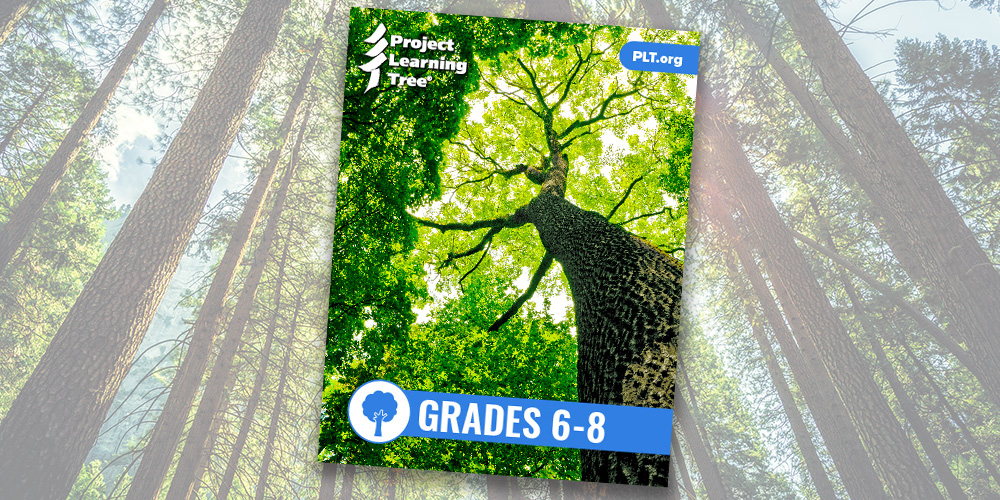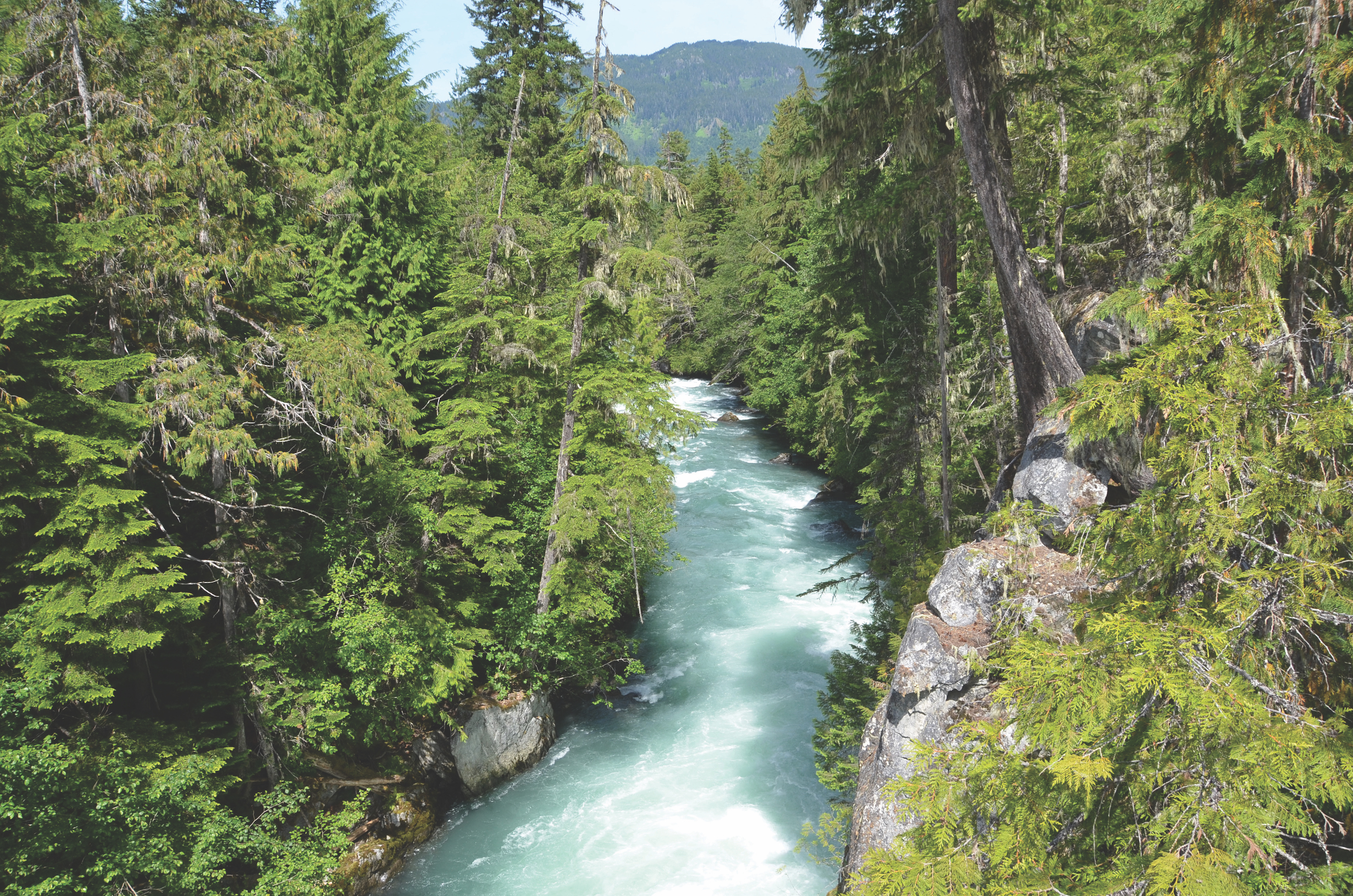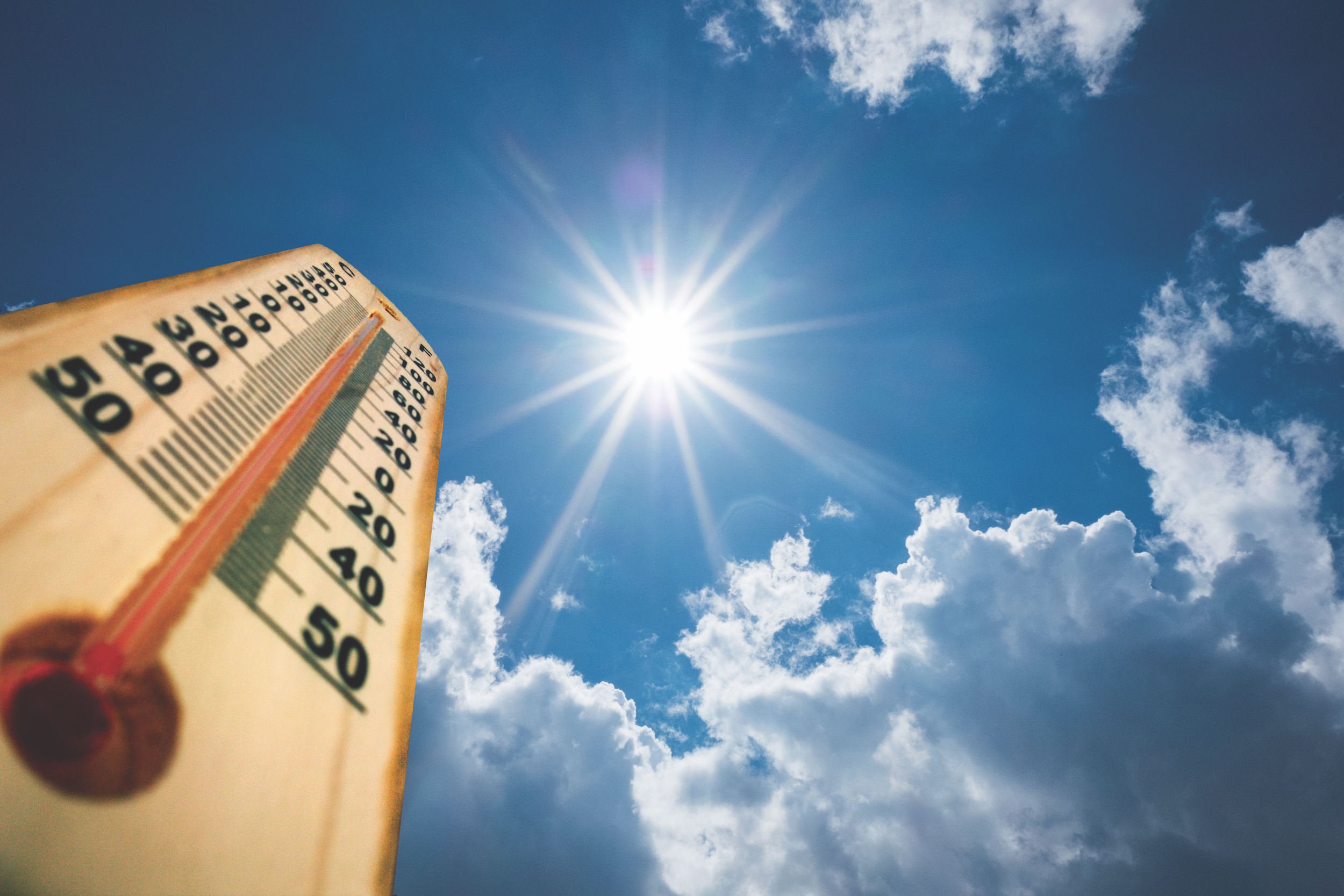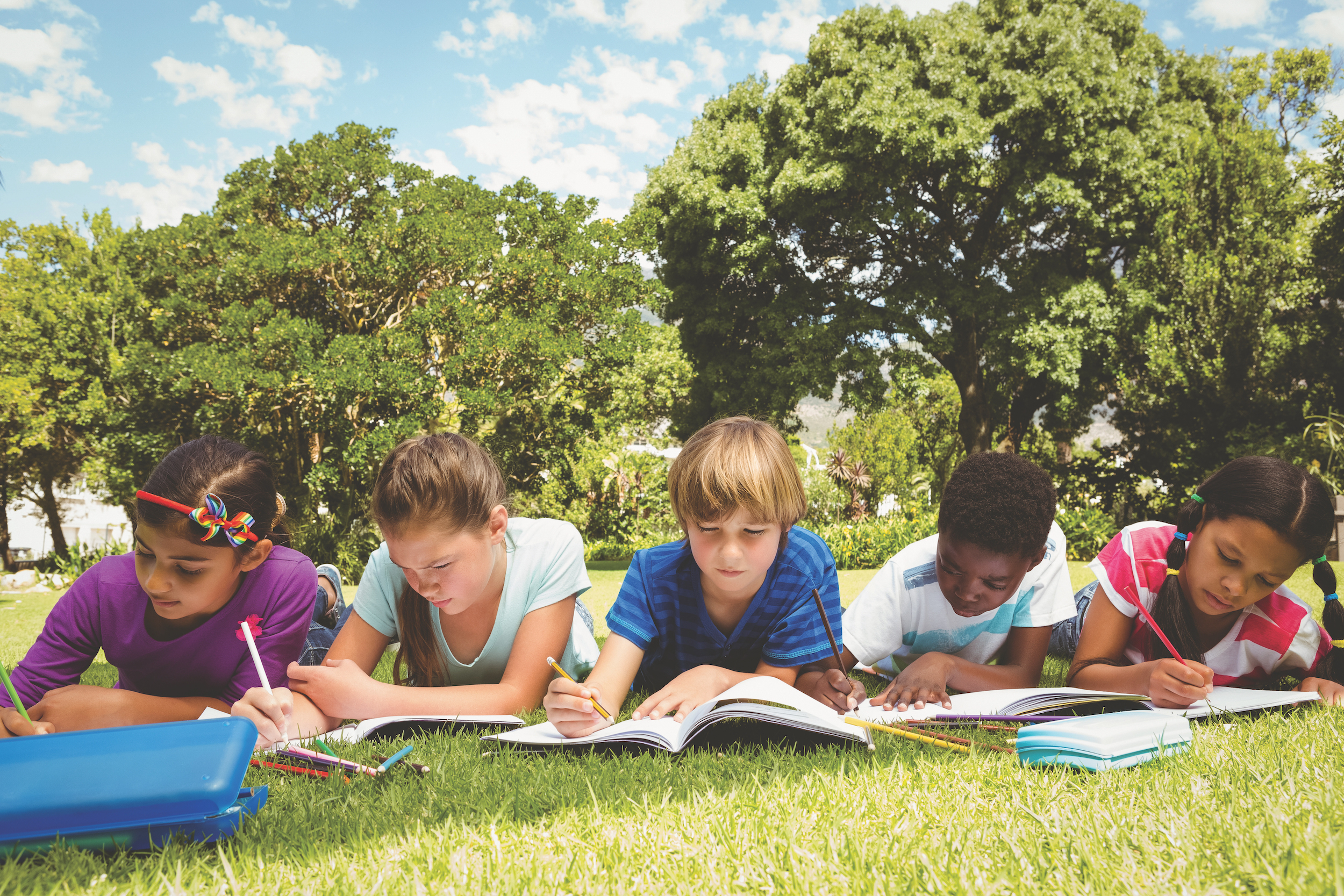November 28, 2022 | By Rae
Designed for 6th-8th grade teachers, the fully online Carbon & Climate E-Unit provides activities and resources to introduce students to some of the complex issues involved in climate change.
November 28, 2022 | By Rae
For grades 3-5. Students focus on forests (one of the largest and most complex types of ecosystems) and come to understand some of the interactions present in all ecosystems.
December 28, 2020 | By Project Learning Tree
Students explore the environmental, social, and economic criteria of forest certification and consider possible benefits and limitations of certification for both forests and people.
December 28, 2020 | By Project Learning Tree
Using data collected from Mauna Loa, students graph changes in atmospheric levels of carbon dioxide (CO2) over the course of several decades and identify possible reasons for those changes.
December 28, 2020 | By Project Learning Tree
Never underestimate the power of a tree! In addition to giving us an amazing array of paper and wood products, trees provide a host of other benefits—from shading our backyards to reducing air pollution to helping stabilize the global climate.
December 28, 2020 | By Project Learning Tree
Our nation’s forests are managed to support different outcomes. Students learn how forests can be managed to meet human and environmental needs and examine national parks to identify challenges that forest managers face meeting different needs.
December 28, 2020 | By Project Learning Tree
By reading a story such as The Lorax by Dr. Seuss, students can examine the importance of conserving natural resources.
December 28, 2020 | By Project Learning Tree
Writing and sharing poems gives students an opportunity to express their thoughts, feelings, and beliefs in creative and artistic ways. You can do this activity in combination with Adopt a Tree, to allow students to explore their adopted tree.
